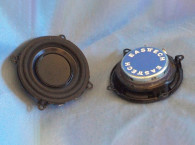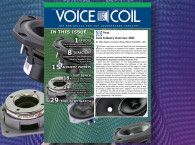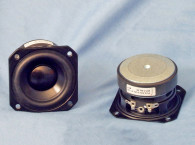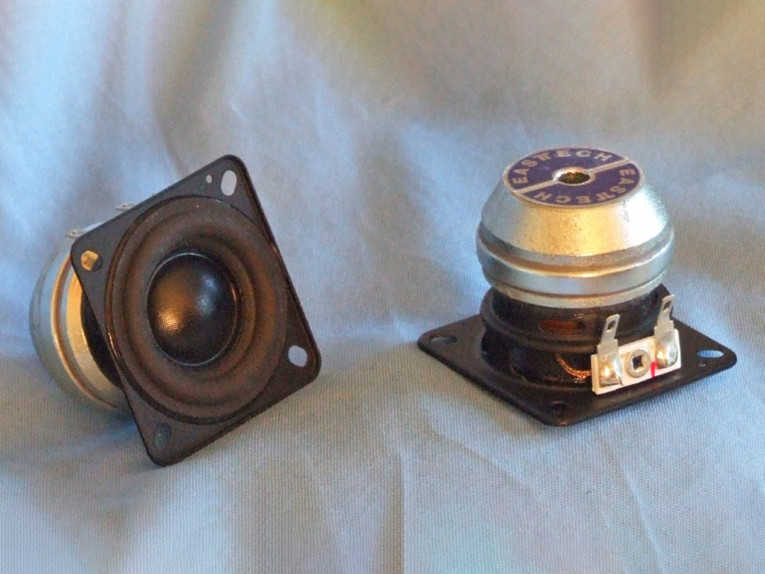
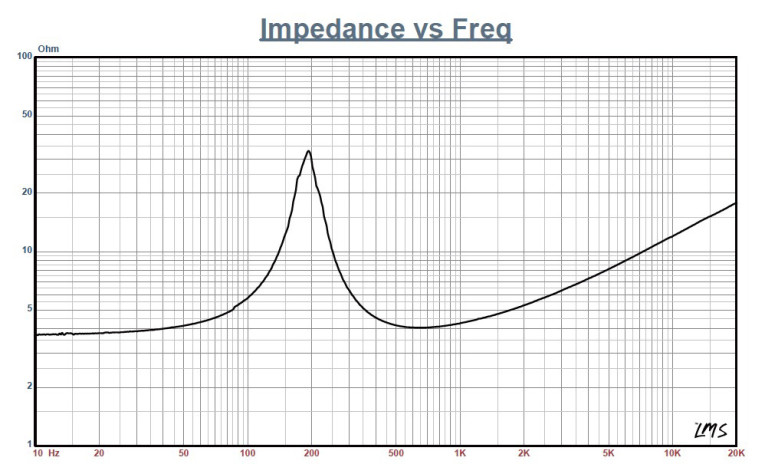
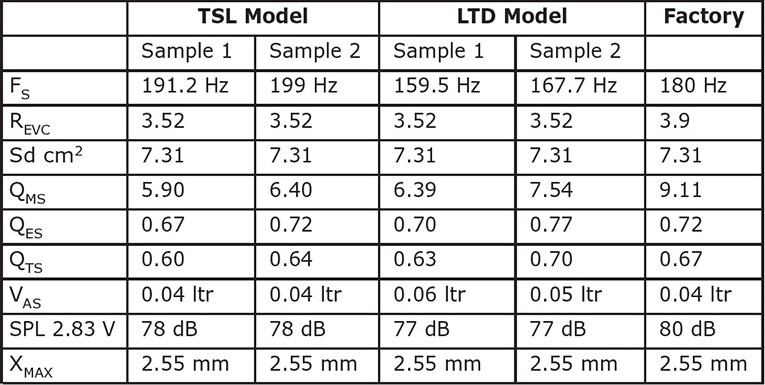
The Amazon Echo and the Dot are finding serious applications in whole-house control and a number of education courses at CEDIA dealt exclusively with the integration of these products into home audio and control systems. With that as inspiration, I asked the folks at Eastech to send a couple of transducers from its “designed in Denmark” Punktkilde line of compact full-range 1.5” to 2” drivers. I specifically asked for two neodymium full-range models — the 1.5” FSB611015-1400 and the 2” FSA621520-2300. This Test Bench characterizes the FSB611015-1400, with a separate text focusing on the FSA621520-2300.
If you are not familiar with Eastech, the company was founded in 1971 and has approximately 6,000 global employees including more than 150 engineers specialized in acoustics, electronics, hardware, software, and systems engineering. Eastech has acoustic research facilities in Videbaek, Denmark, and Hui Yang, China, that integrate directly with its software and electronics R&D facilities in Shenzhen and Hui Yang. The company’s core business focuses on acoustics, audio IoT, audio systems, and transducer designs for the mass consumer market, as well as for professional and automotive applications. With more than 120 different active patents — and now as the parent company of Scan-Speak — Eastech makes more soundbars than probably any single company in the industry, providing soundbars for both Samsung and LG. Eastech is publicly listed on the Taiwan Stock Exchange under 5225.TW and has shipped more than 300 million transducers in the last 10 years.

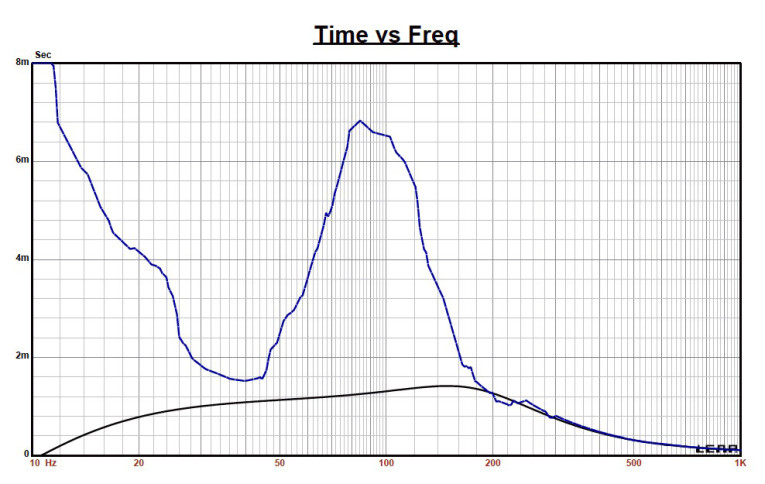
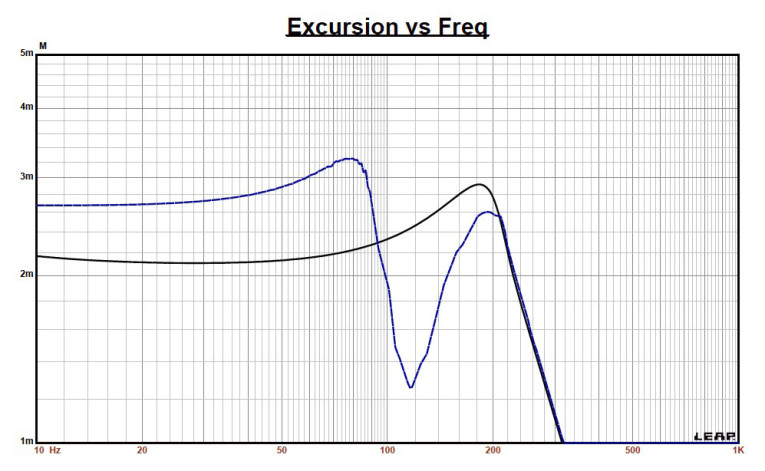
The FSB611015-1400
The first driver I examined from the Punktkilde line was the FSB611015-1400 (see Photo 1). Featurewise, the FSB611015-1400 is a 1.5” diameter 4 Ω full-range driver built on a proprietary stamped frame that is fully vented below the spider mounting shelf with four 3 mm × 8 mm slots for enhanced cooling. Additional cooling is provided by a 6 mm diameter pole vent. The cone assembly consists of a paper cone, with a 20 mm diameter Tetoron dome for a dust cap (sort of a cone/dome format), and suspended with a NBR surround and a flat cloth spider (damper). Powering the cone assembly is a neodymium ring magnet motor with a bumped backplate, driving a 0.6” voice coil wound with copper-clad aluminum on a Kapton former. Tinsel leads connect on one side of the cone to a pair of solderable terminals.
I began testing the Eastech FSB611015-1400 using the LinearX LMS analyzer and VIBox to create both voltage and admittance (current) curves with the driver clamped to a rigid test fixture in free-air at 0.3 V, 1 V, 3 V, and 6 V. The 6 V curves remained sufficiently linear enough for LEAP 5 to get a good curve fit—impressive for a 1.5” driver. In fact, this 1.5” driver is a bit of a beast. It probably would have produced a 10 V curve that LEAP would have been able to curve fit, but I cut the sweep short as the entire driver was getting very hot and out-gassing, but that is impressive for this small of a device. This included playing a 200 Hz sine wave between sweeps to make the motor progressively hotter as voltage increases to simulate typical operating conditions. As has become the protocol for Test Bench testing, I no longer use a single added mass measurement and instead use actual measured mass — the manufacturer’s measured Mmd data (1.33 grams).
Next, I post-processed the eight 550-point stepped sine wave sweeps for each of the samples and divided the voltage curves by the current curves (admittance) to produce the impedance curves, phase generated by the LMS calculation method. I imported them, along with the accompanying voltage curves, to the LEAP 5 Enclosure Shop software.
Since most Thiele-Small (T-S) data provided by OEM manufacturers is produced using either a standard method or the LEAP 4 TSL model, I additionally created a LEAP 4 TSL model using the 1 V free-air curves. I selected the complete data set, the multiple voltage impedance curves for the LTD model, and the 1 V impedance curve for the TSL model in LEAP 5’s transducer derivation menu and created the parameters for the computer box simulations.
Figure 1 shows the 1 V free-air impedance curve. Table 1 compares the LEAP 5 LTD, the TSL data, and the factory parameters for both of the Eastech FSB611015-1400 samples. LEAP 5 TSL/LTD parameter calculation results for the FSB611015-1400 were reasonably close to the factory data. Following my usual protocol, I configured computer enclosure simulations using the LEAP LTD parameters for Sample 1. This consisted of a 7.2 in3 Butterworth sealed box with 50% damping material (fiberglass), and a 7.7 in3 Chebychev/Butterworth vented enclosure tuned to 111 Hz with 15% damping material in the box.
Figure 2 displays the results for the FSB611015-1400 in the sealed and vented box simulations at 2.83 V and at a voltage level sufficiently high enough to increase cone excursion to Xmax + 15% (2.93 mm for the FSB611015-1400). This produced a F3 frequency of 194 Hz (F6 = 151 Hz) with a Qtc = 0.65 for the 7.2 in3 Butterworth sealed enclosure and –3 dB = 145 Hz (F6 = 151 Hz for the 7.7 in3 Chebychev/ Butterworth vented simulation.
Increasing the voltage input to the simulations until the maximum linear cone excursion was reached resulted in 90 dB at 9 V for the sealed Butterworth enclosure simulation and 92 dB with the same 9 V input level for the Chebychev/Butterworth vented enclosure. Figure 3 shows the 2.83 V group delay curves. Figure 4 shows the 9 V excursion curves. As with all vented enclosures, an active high-pass filter would allow for greater excursion and greater linear SPL.
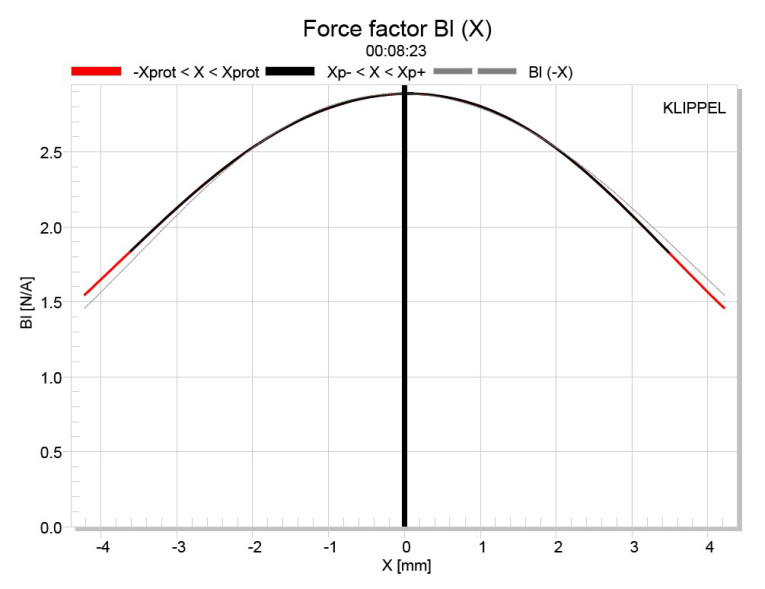
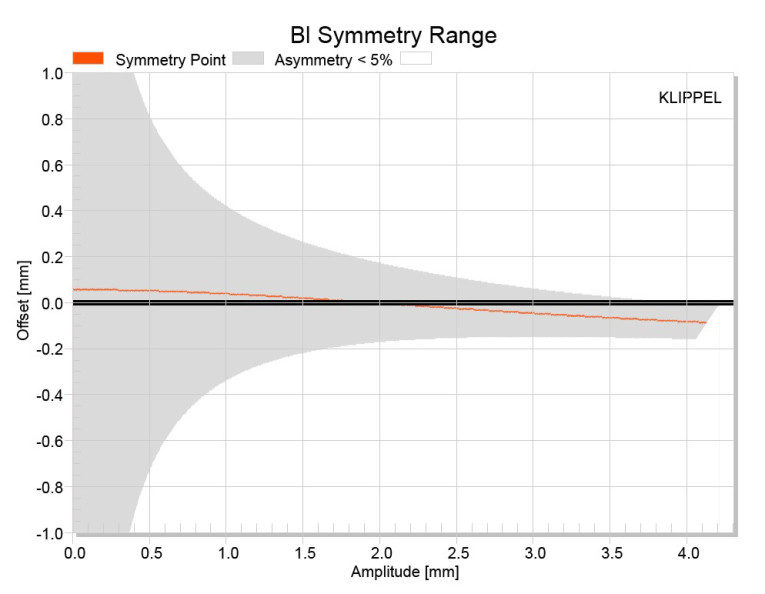
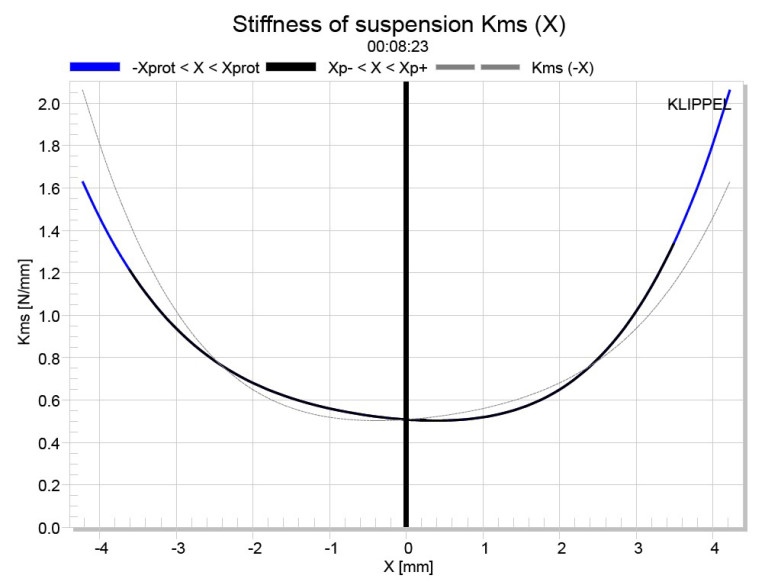
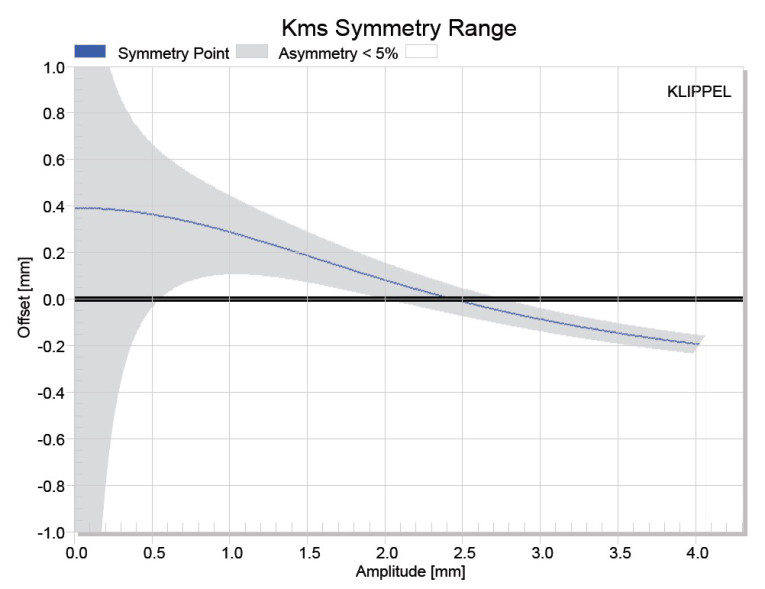
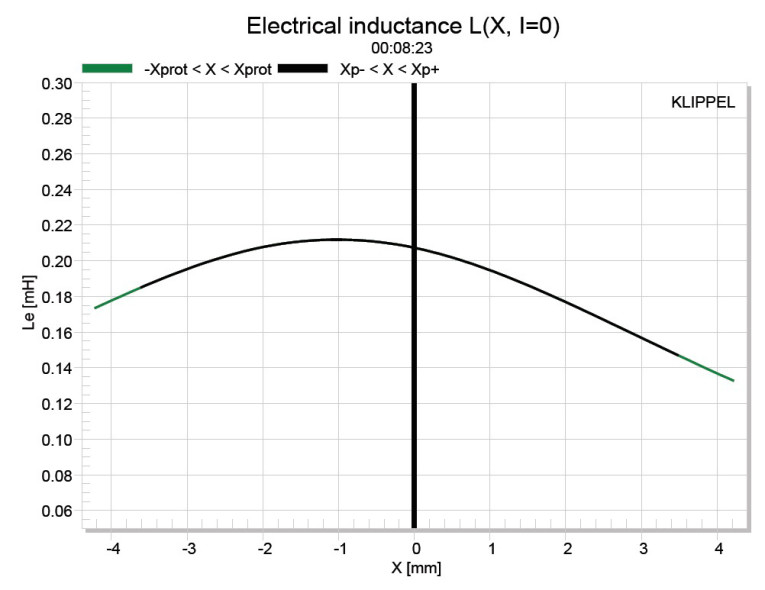
Klippel analysis for the FSB611015-140 — (our analyzer is provided courtesy of Klippel GmbH) and testing performed by Pat Turnmire, Redrock Acoustics (author of the SpeaD and RevSpeaD transducer design software) — produced the Bl(X), Kms(X), and Bl and Kms symmetry range plots given in Figures 5–8. The Bl(X) curve (see Figure 5) is a moderately narrow and symmetrical plot with a minor amount of offset to the curve, but not bad for a short Xmax 1.5” diameter driver. Looking at the Bl symmetry plot (see Figure 6), this curve shows a minor coil-out (forward) offset at the 1.5 mm position of relative certainty (0.016 mm) that decrease to a likewise close-to-zero offset at the driver’s physical 2.55 mm Xmax.
Figure 7 and Figure 8 show the Kms(X) and Kms symmetry range curves. The Kms(X) curve, shown in Figure 7, is also rather symmetrical, with some tilt and small amount of offset. The curve also indicates some forward (coil-out) offset. Looking at the Kms symmetry range curve shown in Figure 8, there is about 0.19 mm at the 1.5 mm position of reasonable certainty decreasing to close-to-zero offset at the physical Xmax position. Displacement limiting numbers calculated by the Klippel analyzer were XBl at 82% Bl is 2.4 mm and for XC at 75% Cms minimum was 2.0 mm, which means that for this woofer, compliance is the most limiting factor for the prescribed distortion level of 10%.
Figure 9 gives the inductance curve Le(X) for the FSB611015-1400. Inductance will typically increase in the rear direction from the zero rest position as the voice coil covers more pole area, which is not exactly what happens with the FSB611015-1400’s inductance, given that this is a neodymium ring magnet motor. Inductance variation is only 0.045 to 0.008 mH from the in and out Xmax positions, which is very good.

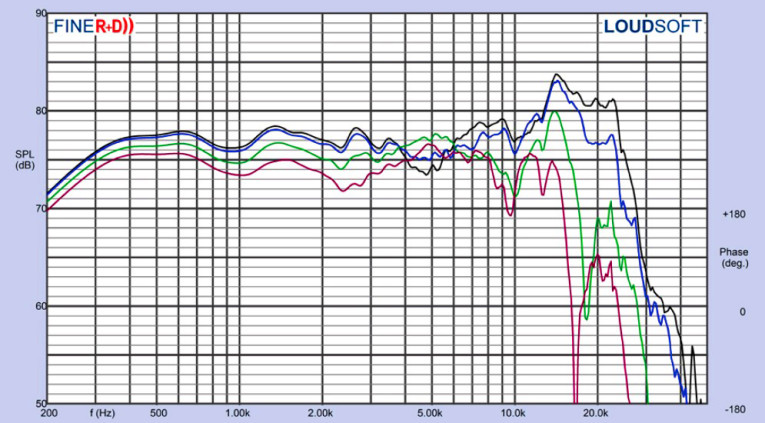
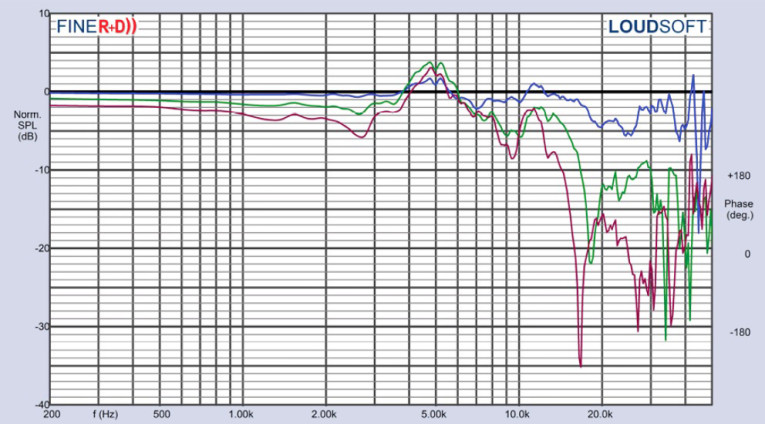
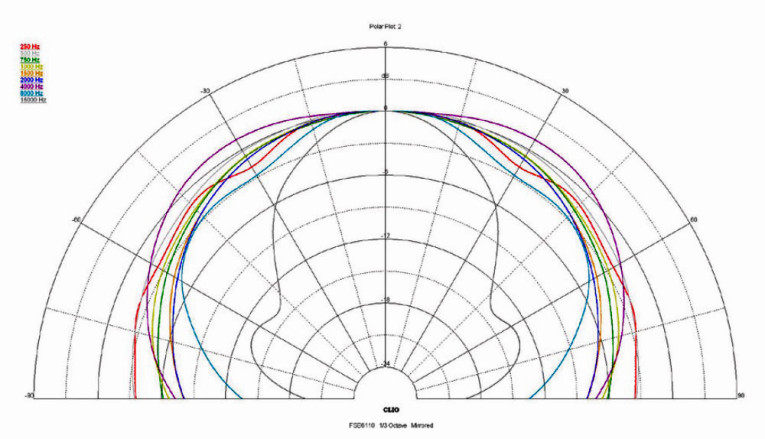

Next, I mounted the FSB611015-1400 in an enclosure that had a 9” × 4” baffle and was filled with damping material (foam). I measured the transducer on and off axis from 200 Hz to 40 kHz frequency response at 2 V/0.5 m normalized to 2.83 V/1 m, using the Loudsoft FINE R+D analyzer and the GRAS 46BE microphone (courtesy of Loudsoft and GRAS Sound & Vibration). Figure 10 gives the FSB611015-1400 on-axis response that is ±2.75 dB (300 Hz to 12 kHz) with the primary breakup mode centered on 15 kHz and the response extending to about 23 kHz.
Figure 11 displays the on- and off-axis frequency response at 0°, 15°, 30°, and 45°. The roll-off at 30° off-axis is almost as good as a 25 to 30 mm dome tweeter, so I would expect the driver’s full-range fidelity to be quite good. Figure 12 gives the off-axis curves normalized to the on-axis response, with the CLIO 180° polar plot (measured in 10° increments) depicted in Figure 13. The two-sample SPL comparison is illustrated in Figure 14, indicating the two samples were matched within less than 1.5 to 2 dB out to 10 kHz.

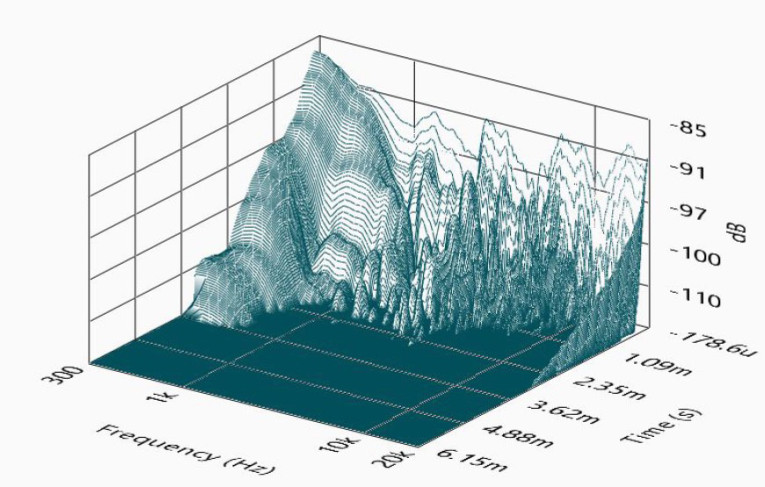
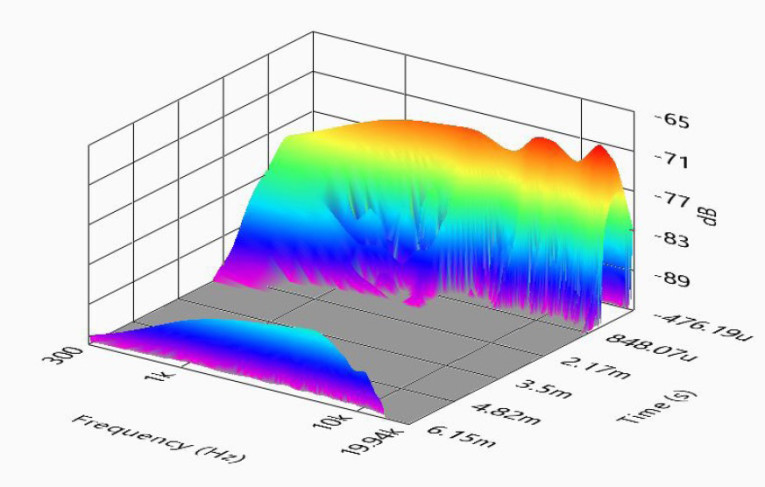
For the remaining series of tests, I employed the Listen, Inc. SoundCheck V16 software, along with the AudioConnect analyzer with the Listen, Inc. 1/4” SCM microphone (courtesy of Listen, Inc.) to measure distortion and generate time-frequency plots. For the distortion measurement, I mounted the FSB611015-1400 rigidly in free-air, and used a pink noise stimulus to set the SPL to 84 dB at 1 m (6.04 V — note, I normally use 94 dB for home audio drivers, but because of the size and sensitivity for the FSB and FSA drivers, I adjusted that criteria downward so the data would be more typical of average volume levels). Then, I measured the distortion with the microphone placed 10 cm from the dust cap. This produced the distortion curves shown in Figure 15. I used SoundCheck to get a 2.83 V/1 m impulse response and imported the data into Listen’s SoundMap Time/Frequency software.
Figure 16 shows the resulting cumulative spectral decay (CSD) waterfall plot. Figure 17 shows the Wigner-Ville plot (chosen for its better low-frequency performance). While the intended application for this FSB611015-1400 is mostly as TV, soundbar, and lifestyle speakers, this driver would also find application in line source designs. The performance is impressive, especially for a 1.5” diameter driver!
For more information about these micro drivers from Eastech, visit the company’s website at www.eastech.com. VC
This article was published originally in Voice Coil, November 2018.




